The Turda Salt Mine, concealed in the heart of Romania, stands as one of the most unique destinations among European tourist attractions. Distinct from the Wieliczka Salt Mine, visitors can explore it without a guide. The nearly kilometer-long salt labyrinth contains various secrets and attractions, ranging from chambers with excellent acoustics to an underground lake. To learn more about this fascinating place that melds both history and modern allure, please read on.
Table of Contents
Where to Park a Car?
Parking is available under the mine itself, costing 5 lei per hour, and card payments are accepted. Outside the mine, there are also private parking lots, charging rates like 4 lei per hour. If you park further away, it might be free, but during the high season, I have not seen such options.
Things to Know Before You Go
- Admission is 45 lei (41 PLN) per adult, and card payments are accepted.
- The mine is accessible year-round. Remember that it’s cooler inside, so in summer, wearing long pants and a sweatshirt is advisable (it’s about 12 Celsius degrees).
- Card payments are not accepted underground (as of my visit).
- Until 2010, the mine entrance was at 54A Salinelor Street. Now, visitors enter through a new entrance from the Salina-Durgău tourist center (Aleea Durgău No. 7). This may seem trivial, but it can be confusing during your visit, as we and a dozen other tourists experienced – the old tour led us merely to a café.
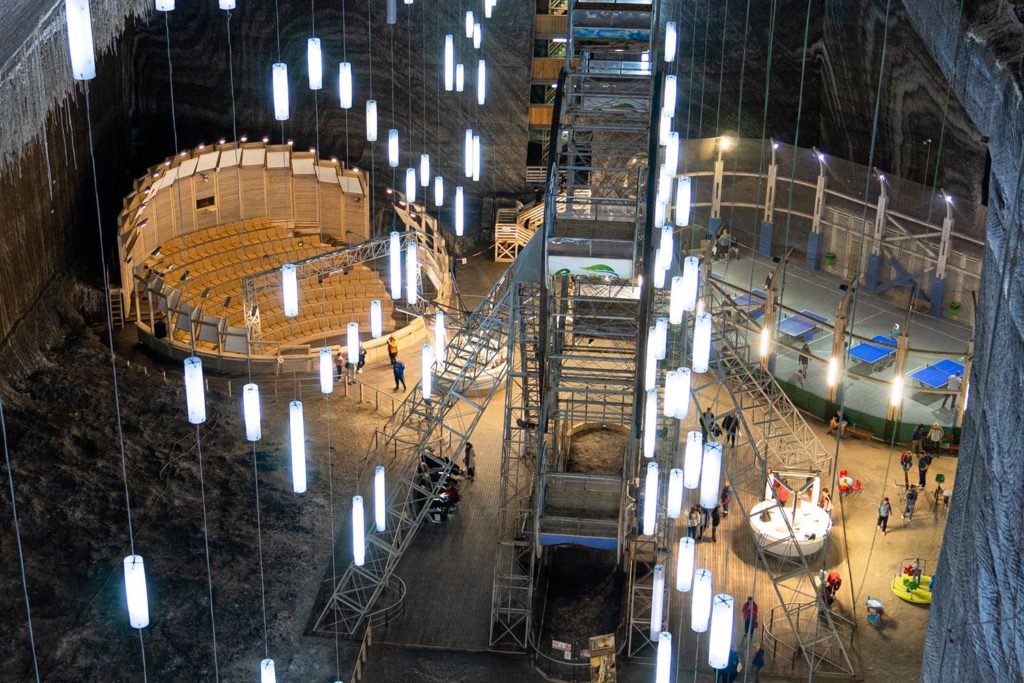
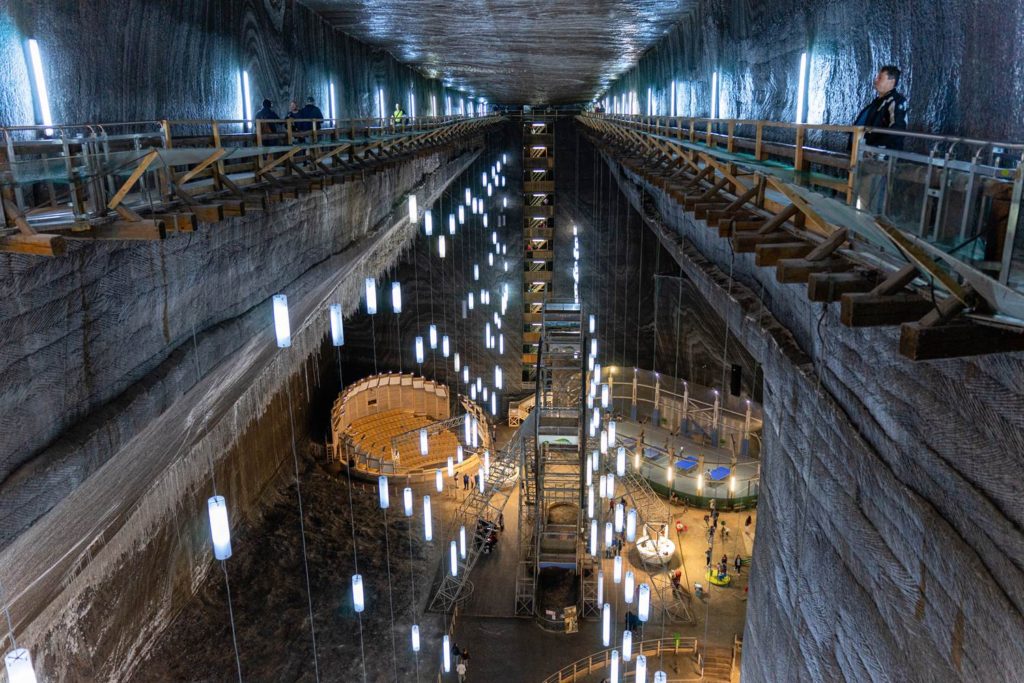
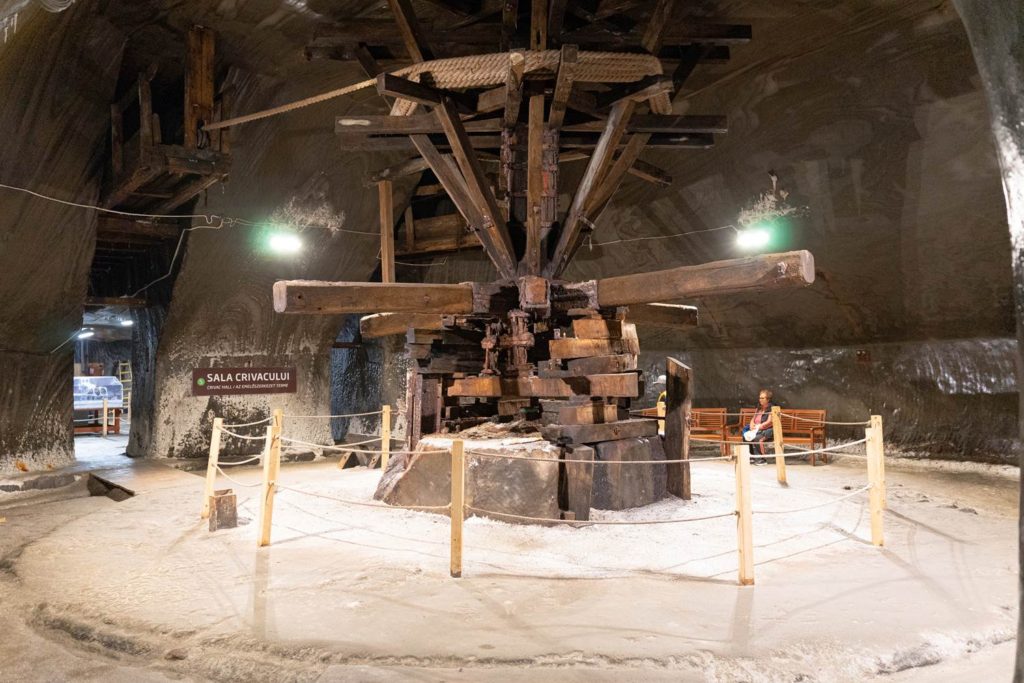
Salt Deposits in Romania
In this region of Romania, salt deposits formed 13.5 million years ago when a tropical sea existed here. The layer of salt averages 400 meters thick and spreads throughout Transylvania. Although other salt mines exist in the region, recent borehole studies in Turda have shown that the salt formation there reaches about 1,200 meters high.
Even the Romans exploited salt in the region between 106 and 274 CE, with the earliest evidence dating from 50 BCE to 106 CE. Salt mining at Salina Turda was finally terminated in 1932, due in part to low productivity.
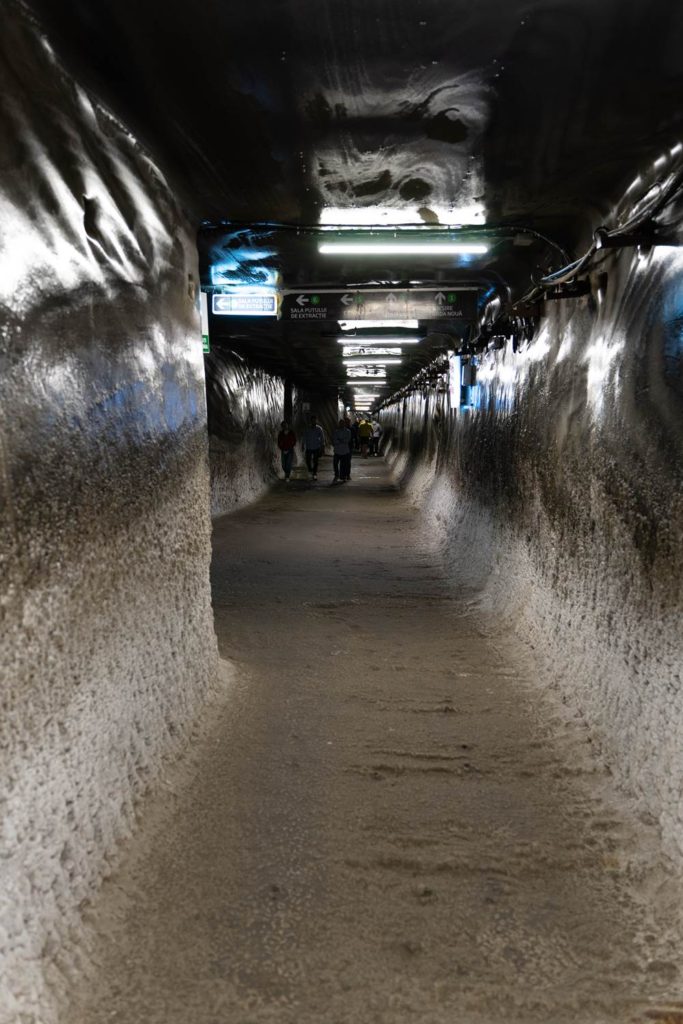
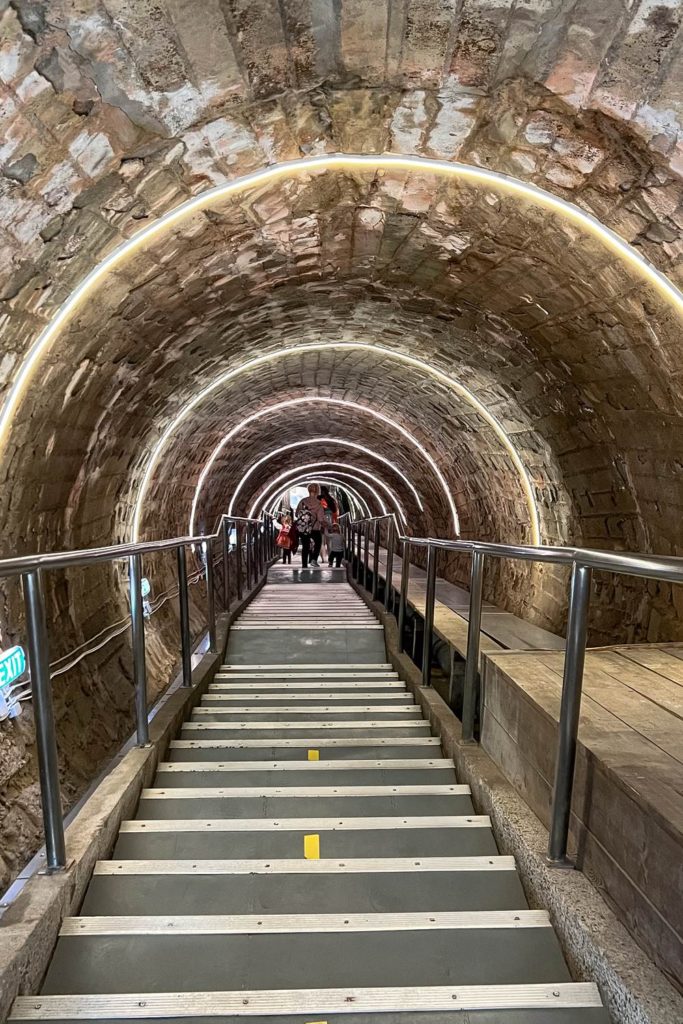
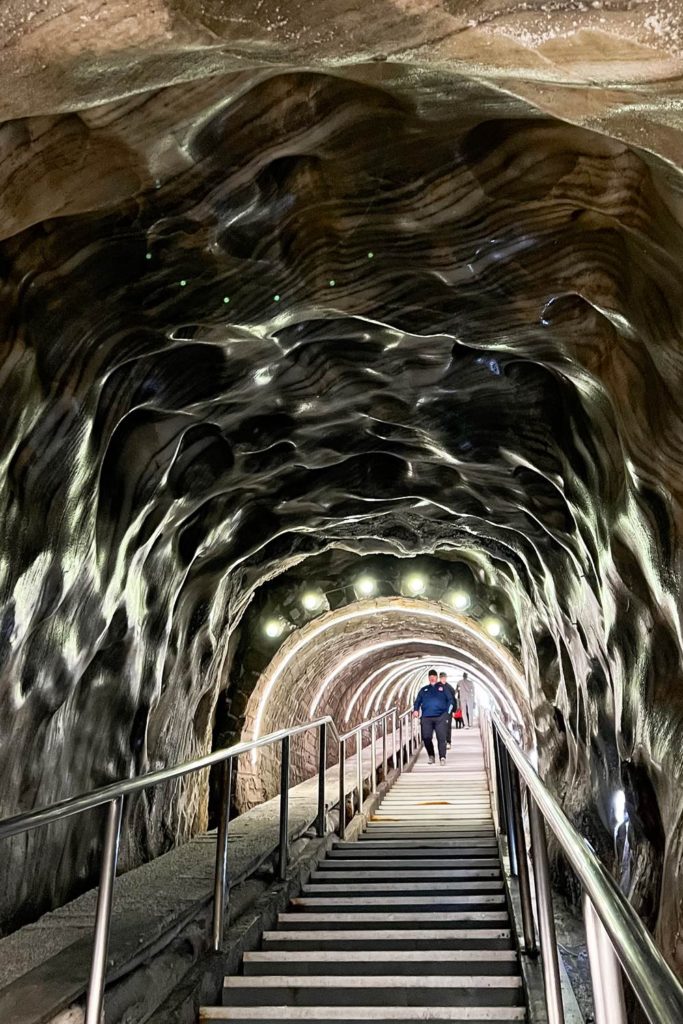
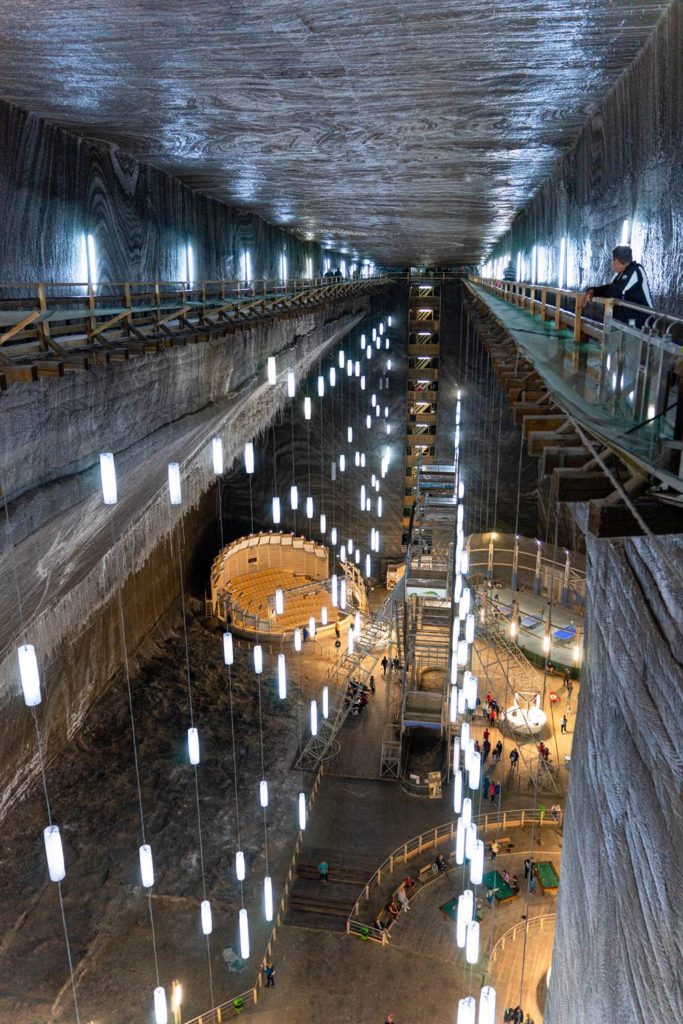
Salina Turda – Sightseeing
The picturesque Turda Salt Mine is rich in fascinating mining history, having housed various mines such as:
- Iosif Mine, operational from 1740 to 1900,
- Rudolf Mine, from 1864-1932,
- Terezia Mine, from 1690 to 1880,
- Ghizela Mine, from 1857 to 1932,
- Anton Mine, from the early 18th century to 1862.
After years of closure, Salina Turda reopened to the public in 1992, offering unique attractions to tourists and curiosity-seekers.
A tour through Turda Salt Mine guides you along a nearly kilometer-long salt corridor. You can explore various halls and narrow passages that lead to the main chamber, reminiscent of a maze. The vast and diverse space inside the mine has transformed into a real underground entertainment city.
Here you’ll find an amphitheater for performances and events, a Ferris wheel, a miniature golf course, and bowling lanes for more traditional enjoyment. A playground for the little ones ensures there’s something for everyone.
One of the most captivating spots is the underground salt lake. Uniquely beautiful and surreal, you can admire this landscape while gliding through in a rented boat.
If you are visiting Romania, you may be interested in:
Must-See Attractions in Oradea – The Ultimate Travel Guide
Cluj-Napoca: A Transylvanian Gem
Timisoara: What to Do in My Favorite Romanian City